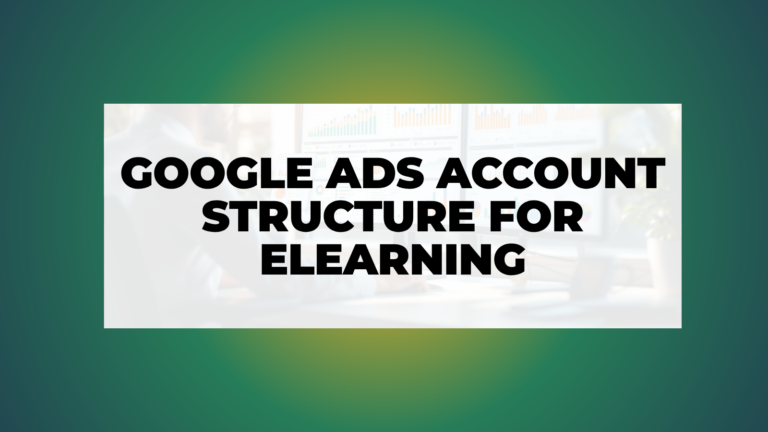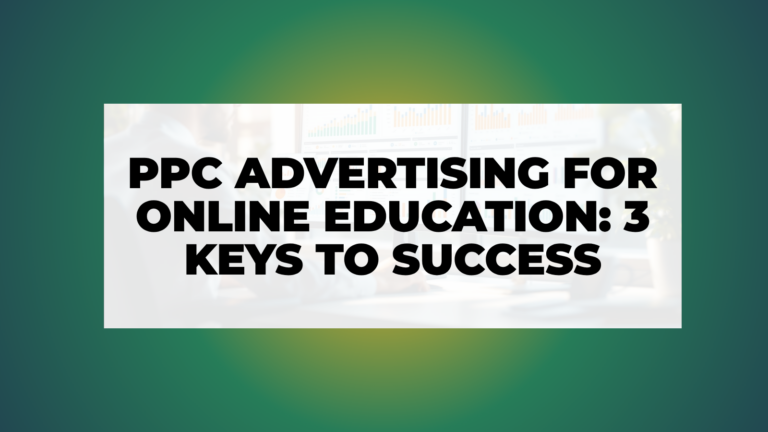If you sell online, you’ll want to pay attention to this.
OpenAI has just rolled out a major update to ChatGPT: a native shopping experience that lets users search for products, compare pricing and reviews, and click “Buy” — all without ever leaving the chat.
Shopping
— OpenAI (@OpenAI) April 28, 2025
We’re experimenting with making shopping simpler and faster to find, compare, and buy products in ChatGPT.
✅ Improved product results
✅ Visual product details, pricing, and reviews
✅ Direct links to buy
Product results are chosen independently and are not ads.… pic.twitter.com/PkZwsTxJUj
This isn’t just another product listing feature. It’s a new kind of shopping behavior built right into AI conversation. The kind that could change how people discover and buy products.
And for eCommerce brands? It’s an early window of opportunity.
Here’s what’s new, how it works, and what to do right now to get your products featured.
What’s New in ChatGPT Shopping
When a user types a shopping-related query — say, “best running shoes under $150” — ChatGPT now responds with a scrollable product carousel, complete with:
- Product images
- Descriptions
- Prices
- Shipping info
- Star ratings
- Direct “Buy” buttons
It’s clean. Visual. Frictionless.
And all powered by GPT-4o and 4o-mini, available to Plus, Pro, Free, and even logged-out users.
The experience feels more like asking a trusted friend what to buy — and getting a personalized, organized list that makes decision-making instant.
For consumers, it simplifies the journey.
For brands, it opens the door to organic, intent-based visibility inside AI search.
How Product Results Are Chosen (No Ads, No Bidding)
Here’s the kicker: these are not paid placements.
ChatGPT does not serve ads. Products appear based on relevance — not your ad budget.
When ChatGPT sees shopping intent in a prompt (e.g. “best standing desks for small spaces”), it selects and displays products based on:
- Structured product data (like price, shipping, specs)
- Reviews and ratings from third-party sources
- Customer relevance signals (like sizing, reviews, or brand mentions)
- Product metadata: titles, images, alt text, and descriptions
- User preferences, history, or stated dislikes via memory/custom instructions
ChatGPT will then format these into clean, scrollable results — sometimes adding labels like “Most Popular” or “Budget-Friendly” based on what it sees in public reviews and content.
It’s like Google Shopping meets product recommendations meets AI search.
But crucially: no auction. No CPCs. No paid placements.
Just well-structured products rising to the top.
Why GPT Shopping Matters for Business Owners
Let’s talk impact.
ChatGPT handles over 1 billion prompts per day. That’s a huge stream of real-world demand — now being met with product listings and direct checkout options.
This shifts product discovery from search engines and social ads… into conversational AI.
For businesses, that means:
- Free visibility for relevant, optimized products
- Zero ad spend needed to appear
- Higher intent from users already asking for help buying
- First-mover advantage for brands that act now
Remember how early adopters won big with Facebook Ads and Google Shopping?
This is one of those moments.
The early wave will get the most attention before the platform crowds up.
What Merchants Need to Do to Get Featured
So how do you make sure your product shows up?
OpenAI has been clear: product structure and relevance determine visibility.
Here’s what you need to get right:
1. Structured Product Data
Make sure every item in your feed includes:
- Clear, descriptive titles
- Full specs and shipping info
- Rich, readable product descriptions
- Inventory and pricing
ChatGPT uses this data to match products to prompts. If it’s missing? You’re invisible.
2. Conversational Descriptions
Rewrite your product copy in the language real customers use:
- Solve problems (“Supports posture all day”)
- Compare benefits (“Lighter than most standing desks”)
- Address objections (“Assembles in under 15 minutes”)
The AI surfaces products that answer actual buyer questions.
3. Strong Visuals & Alt-Text
Upload clean product images and add keyword-rich alt-text.
Multimodal models like GPT-4o read that alt-text and use it to understand relevance.
4. Reviews & Ratings
Encourage verified reviews.
These act as ranking signals and may unlock review badges or summary blurbs in the product cards.
5. Fast-Fulfillment Signals
Use Shopify metafields to highlight:
- “Ships today”
- “In-stock locally”
- “Pickup available”
Delivery speed is a strong signal ChatGPT already considers, especially for urgency-based purchases.
6. Feed-Ready Promotions
Use Shopify’s Discount API to surface bundle logic like:
- “10% off when you buy two or more”
- “Free shipping over $50”
ChatGPT can present these automatically — if your data makes it possible.
How to Join the Waitlist for Merchants
OpenAI is currently accepting interest from merchants who want to provide their product feeds directly.
This will likely lead to better visibility, faster updates, and more control over how your products appear.
If you want to get ahead of the curve and be among the first to integrate fully, you can join the interest list here:
👉 Help ChatGPT discover your products
Final Thoughts
Search is changing. Again.
And this time, it’s not just a new SERP layout or ad feature — it’s a fundamental shift in how people discover and buy.
With ChatGPT now offering a native shopping experience, conversational commerce is here.
People are no longer just searching. They’re asking.
That changes everything about product discovery — and the brands who adapt early will be the ones who benefit most.
If you’re running an online store, the time to act is now:
- Audit your product data
- Rewrite your descriptions
- Encourage real reviews
- Set up smart promos
- Join the waitlist for direct feed submission
The platform is open. The playing field is level.
And right now, attention is still cheap.
This is your window.



